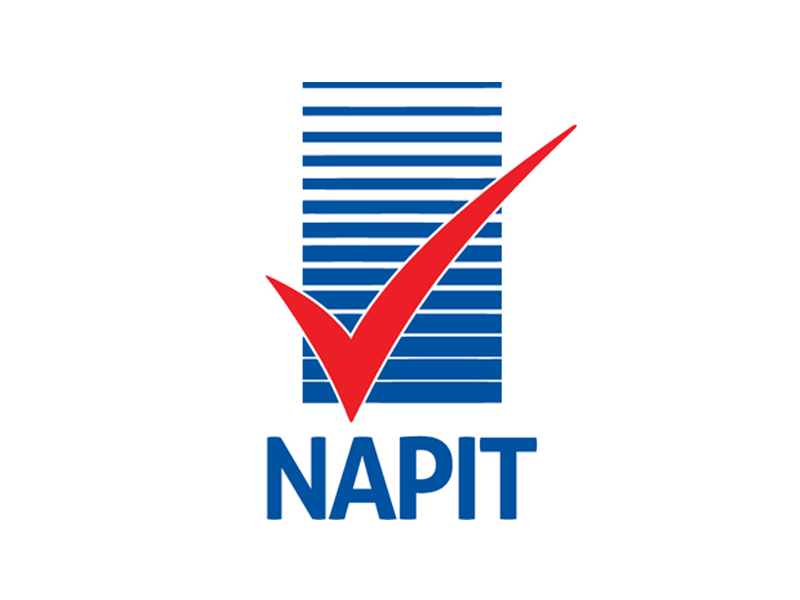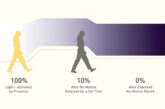
NAPIT’s Technical Manager, Trevor Milner, discusses additional protection for socket outlets and risk assessments.
Initial installation
BS 7671:2018 introduced a provision in Regulation 411.3.3, which permits an exception via a documented risk assessment, for RCD protection of socket-outlets, should the electrical installation designer, client, responsible person or duty-holder determine it is not necessary.
Where we refer to the electrical installation designer, this is the person designing the original installation or any additions or alterations, and in doing this must have communicated with the client the requirement for any risk assessment, in order to understand fully their business needs.
Regulation 411.3.3 requires an RCD, with a residual operating current not exceeding 30 mA, be used to provide additional protection for:
(i) Socket-outlets with a rated current not exceeding 32 A
(ii) Mobile equipment with a rated current not exceeding 32 A for use outdoors.
There is an exception to 411.3.3 (i) which permits when a particular requirement is met or needed. The exception states that:
“Other than for an installation in a dwelling, a documented risk assessment determines that RCD protection is not necessary.”
It is also worth noting that BS 7671:2018 also removed the ability to use a suitably identified and labelled socket-outlet for a specific item of equipment.
When we look at the permitted exception, 411.3.3 (i), we can see that if a risk assessment is carried out, dependent on the outcome, the additional protection by an RCD ≤ 30 mA may be relaxed.
Where the installation is a dwelling, however, the requirement for additional protection by an RCD is mandatory, and cannot use a risk assessment.
The important thing to remember here is, who should do the risk assessment? Regulation 411.3.3, Note 2, refers to Appendix 2, paragraph 11, which advises that any risk assessment for BS 7671 should involve an appropriate electrically skilled person.
This doesn’t mean that they are solely responsible, or that this type of person should carry out any risk assessment, it merely states that they should be involved. The electrical installation designer, client, responsible person or duty-holder should have knowledge of the installation’s use in order to carry out an effective risk assessment.
Where this is not the designer or installer, the client, duty-holder or responsible person, may take the advice or any information given to them by the circuit or installation designer.
In all cases, however, it is the client, duty-holder or responsible person that has the ultimate responsibility for carrying out a risk assessment to comply with the exception for 411.3.3 (i). Remember that this option is only open to us for use in installations that are not a dwelling.
A caveat for risk assessments, to negate the installation of an RCD, in domestic dwellings does not exist and cannot be used.
Periodic inspection and testing
When during an Electrical Installation Condition Report you come across socket-outlets, in accordance with 411.3.3, which does not have additional protection from an RCD ≤ 30 mA, your options are:
● If the client is unable to provide you with the original documented Risk Assessment regarding the socket-outlets within the electrical installation, determine the use of the socket-outlet/circuit that does not have additional protection in accordance with 411.3.3.
● If the installation was prior to BS 7671:2018 this would initially be an observation code C3, or if the socket-outlet use subjects the user to increased risk, such as external use, cleaners, coffee points or changing rooms, then it would attract observation C2
and/or
● Make an observation that the socket-outlet/circuit does not have additional protection in accordance with 411.3.3 and issue an FI Code.
The client has requested that if these conditions arise, to notify them (agreed in limitations) and they will assess any risks going forward.
The outcome of this risk assessment will lead to either:
(i) No Code being given, and therefore a satisfactory result, or
(ii) A C2 Code, which will need to be addressed by the client going forward.
In this case, you may be asked to, or have agreed to, advise your client. It is therefore vital that you understand what a risk assessment is and how to carry one out adequately.
We say ‘adequately’ because if a risk assessment is scant, missing information, or has been written in such a way as to wrongly favour a given situation, it will not accurately portray any associated risk and will be of little value. This will not be favourable if the Health and Safety Executive (HSE) is involved when things go wrong.
A risk assessment is defined as: “A systematic process for identifying, estimating, and analysing the levels of risk presented by a given scenario, to determine the probability of an outcome and its consequence. This data can then be used to identify and initiate control measures and working practices, which may present themselves, to enable a safe level of risk to be accepted.”
In the previous definition, there is no mention of cost. An RCD for use in 411.3.3 cannot be omitted for a cost saving or because it is out of a client’s budget. This would simply be a failure to comply with BS 7671:2018, Regulation 411.3.3 (i). In the event of an accident, liability would be apportioned by the HSE, if an incident were to be severe enough.
 For the purpose of an EICR, this would attract a C2 code. In all cases, the client or duty-holder is responsible for any assessment of risk for their business.
For the purpose of an EICR, this would attract a C2 code. In all cases, the client or duty-holder is responsible for any assessment of risk for their business.
Even if a client or duty-holder uses a contractor to provide them with, or advise on, a risk assessment, any liability will remain with the duty-holder, not the contractor.
Prior to commencing the EICR, if a suitable risk assessment can be provided via a Risk Assessment/Declaration which could be attached to the report to alleviate the issuing of observations with a C2 code, this would allow the satisfactory EICR to be issued.
Fig 1 shows an example of a Risk Assessment for Regulation 411.3.3 (i).
For more information on NAPIT scheme registration click here









